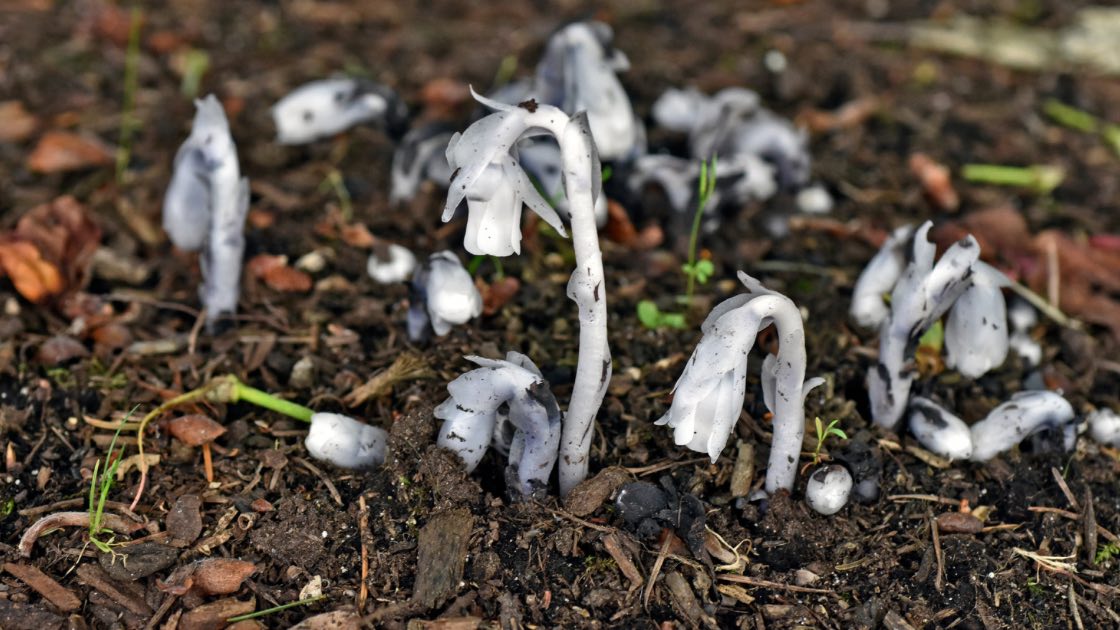Ghost Pipe is a pale white wildflower that thrives on mushrooms
Ghost pipe also known as Indian pipe gets its name from its ghostly color and resemblance to the Native American peace pipe
Ghost pipe, also known as Indian pipe or corpse plant, is a white, waxy, and translucent wildflower found in North American forests. The various names come from its ghostly color and resemblances to the Native American peace pipe and the skeletal brain stem and spine.
Native American tribes used ghost pipe to treat nervous system disorders, anxiety, colds, fevers, and pain
Ghost pipe/Indian pipe was used in Native American medicine to treat pain and anxiety. Chewing the flowers was a common remedy for toothaches. An infusion of the leaves was used to treat colds and fevers.
According to Cherokee legend, Indian pipe grew from the ashes of two warring tribes who refused to make peace while smoking the peace pipe. This made the Great Spirit unhappy, so the tribal chiefs were punished by being turned into flowers shaped like a pipe.
According to Cherokee legend, Indian pipe grew from the ashes of two warring tribes who refused to make peace. It is said that the chiefs of the Cherokee and Eastern tribes met to settle the conflict over the peace pipe but argued for seven days and nights instead. The Great Spirit was unhappy with both the fighting and for smoking the pipe without making peace. The Great Spirit punished the tribal chiefs by turning them into flowers shaped like a pipe.
Ghost pipe doesn’t have chlorophyll or photosynthesize—the flower gets its nutrients from tree roots via mushrooms
Ghost pipe is unlike most plants because it doesn’t rely on sunlight for energy. It doesn’t contain chlorophyll, so it doesn’t photosynthesize. Instead, it taps into mushrooms that connect to tree roots, getting nutrients indirectly from the trees.
Emily Dickinson called Indian pipe the “preferred flower of life,” with the flower appearing on the cover of the first volume of Dickinson’s poems
According to the Emily Dickinson Museum, Emily Dickinson corresponded with notes and small tokens with the woman who would eventually become her first posthumous editor, Mabel Loomis Todd. Mabel sent this painting of ghost flowers and Dickinson responded, “That without suspecting it you should send me the preferred flower of life, seems almost supernatural. . .” This image would ultimately grace the cover of the first volume of Dickinson’s poems, edited by Mabel Loomis Todd and Thomas Wentworth Higginson, in 1890.
Ghost Pipe is a rare plant and should not be picked. The flowers are very delicate and will wilt and die once touched or picked.



